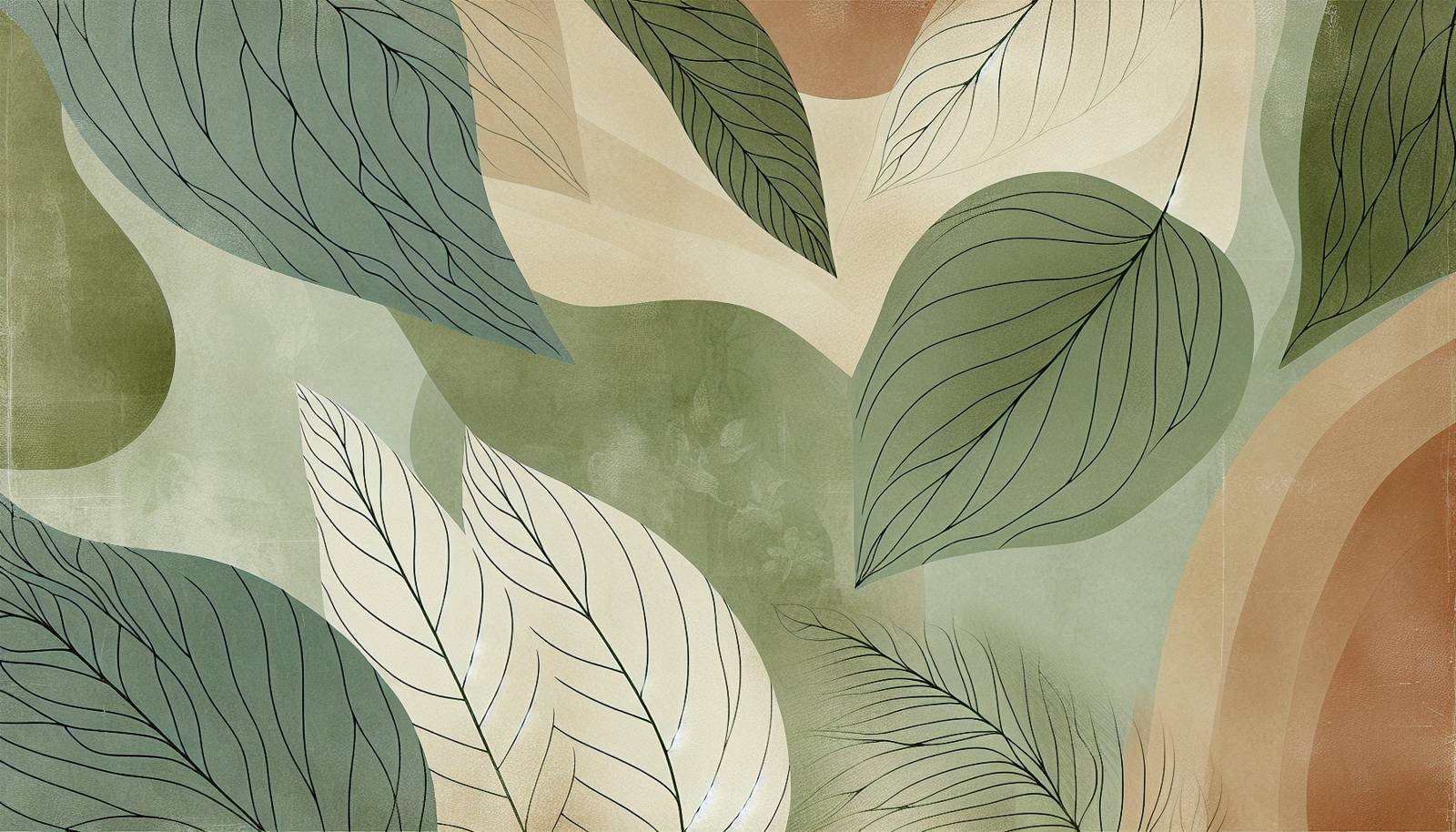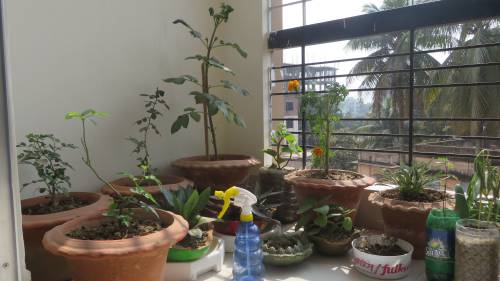
FAQ About Indoor Plant Seed Propagation Challenges

What are the most common challenges in propagating indoor plant seeds?
Common challenges in propagating indoor plant seeds include improper soil moisture, inadequate lighting, temperature fluctuations, poor soil conditions, and incorrect seed depth. These conditions can all hinder seed germination and healthy plant growth. Addressing each specific requirement for the plant species is crucial to overcoming these challenges.

How important is soil moisture for seed germination?
Soil moisture is critical for seed germination as seeds need water to break dormancy and initiate growth. Consistently moist but not waterlogged soil is ideal. Overwatering can lead to rot, while underwatering can prevent germination altogether.

What type of light is best for indoor seed propagation?
Bright, indirect light is usually best for indoor seed propagation. Some seeds require darkness to germinate; therefore, it is important to know the specific light requirements for the plants you are growing. Supplemental grow lights can be helpful, especially in environments lacking natural light.

How does temperature affect seed propagation indoors?
Temperature plays a key role in seed germination, as each plant species has an optimal temperature range. Generally, most indoor plants prefer a range of 65-75°F (18-24°C). Fluctuations beyond the preferred range can either delay germination or lead to unsuccessful propagation.

Can poor soil affect the growth of seeds?
Yes, poor soil quality can greatly affect seed growth. Soil that is too dense or lacks nutrients can impede germination and root development. Using a light, well-draining potting mix designed for seed starting can improve chances of successful seed propagation.

What is the ideal depth to plant seeds indoors?
Seed planting depth depends on the seed size. A general rule is to plant seeds at a depth of about 1-2 times their diameter. Planting seeds too deeply can prevent them from getting the light and warmth they need, while planting them too shallow can result in drying out or damage.

How can I prevent mold growth on indoor propagated seeds?
To prevent mold growth, ensure good air circulation around the planting trays and avoid excessive moisture. Using a lid or covering that allows for ventilation and keeping the seed environment not overly humid, can also help. Sterilizing the soil and containers beforehand can reduce mold risk as well.

Why aren't my seeds sprouting at all?
Seeds may fail to sprout due to reasons like inactive or old seeds, improper planting conditions, or environmental factors like inappropriate moisture, temperature, or light. Ensuring optimal conditions and using fresh, quality seeds usually helps increase germination success.

What are some signs of overwatering seeds?
Signs of overwatering include soil that remains constantly wet and not moist, a musty smell, or visible mold. Seedlings may also appear discolored or have a mushy texture. It is important to allow the soil surface to dry slightly between waterings to prevent these issues.

Can indoor climate conditions impact seed propagation?
Yes, indoor climate conditions such as humidity, temperature, and air circulation can greatly affect seed propagation. Maintaining consistent conditions that mimic natural growth environments is essential for successful seed germination and growth.

How can I improve humidity for indoor seeds?
Improving humidity for indoor seeds can be accomplished by using a humidity dome or placing a plastic cover over the seed trays. Misting the seeds lightly with water also helps increase humidity, but ensure proper air circulation to prevent mold growth.

What role does seed quality play in successful propagation?
Seed quality is crucial for successful propagation. Old, damaged, or improperly stored seeds often have lower germination rates. Using fresh seeds from reliable sources ensures higher quality and increases the likelihood of successful germination.

Are there any tools to assist with indoor seed propagation?
Yes, various tools can assist with indoor seed propagation including grow lights, heat mats, humidity domes, seed starting trays, and soil testers. These tools help create and maintain the ideal conditions for seed germination and growth.

How can I tell if my seeds need more light?
If seeds aren't receiving enough light, seedlings might become leggy, stretching towards the light source, or their leaves might turn pale green. Adequate light exposure can be ensured by placing them near a bright window or using artificial grow lights.

What is the best soil type for starting indoor seeds?
The best soil for starting indoor seeds is a light, well-draining seed starting mix. This type of soil promotes optimal water retention and air circulation around the seeds, supporting healthy root development and seedling growth.

How often should I water my indoor seed trays?
Indoor seed trays should be kept consistently moist but not soggy. Watering frequency depends on factors such as temperature, humidity, and soil type. Checking the soil surface for dryness and adjusting watering accordingly is recommended.

Why are my seedlings growing slowly indoors?
Slow growth in seedlings could be due to insufficient light, improper temperatures, or nutrient deficiencies. Reviewing and adjusting these conditions as needed can help promote healthier growth.

How can I ensure successful transplantation of seedlings indoors?
To ensure successful transplantation, gradually acclimate seedlings to their new environment by hardening them off – exposing them to outdoor conditions incrementally. Use a gentle hand when transferring seedlings to avoid damaging roots and ensure they are planted at the correct depth in nutrient-rich soil.

What should I do if my seedlings are wilting?
Wilting seedlings may be a sign of underwatering, overwatering, or poor drainage. Ensure that the soil is moist but not waterlogged and check drainage holes. Adjust watering habits to improve conditions and invigorate wilting seedlings.

Can I use regular garden soil for indoor seed starting?
Using regular garden soil for indoor seed starting is not recommended because it can be too dense for delicate seedlings, may not provide adequate drainage, and could contain pests or diseases. A sterile seed starting mix provides a better environment for germination.
